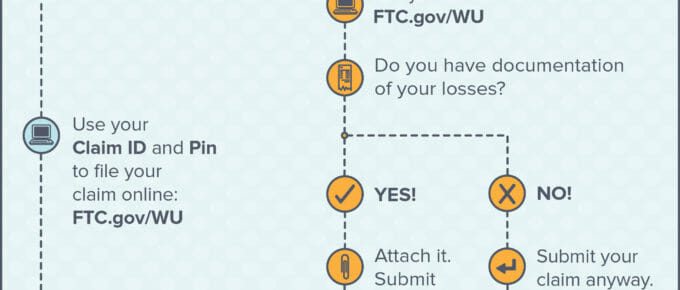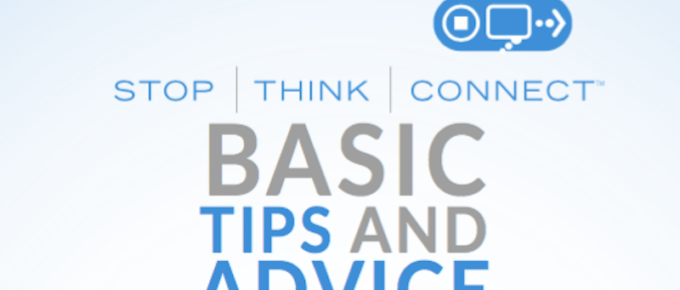In a world of instant transactions, Venmo payment scams are on the rise. Learn how to stay safe on platforms like Venmo, Zelle, and PayPal.
Avoiding Venmo Payment Scams: Tips and Tricks to Stay Safe
Tell a Friend
If you liked this post, please be sure to share it with a friend! Send an email or share with Facebook, X, or LinkedIn.






Recent Comments